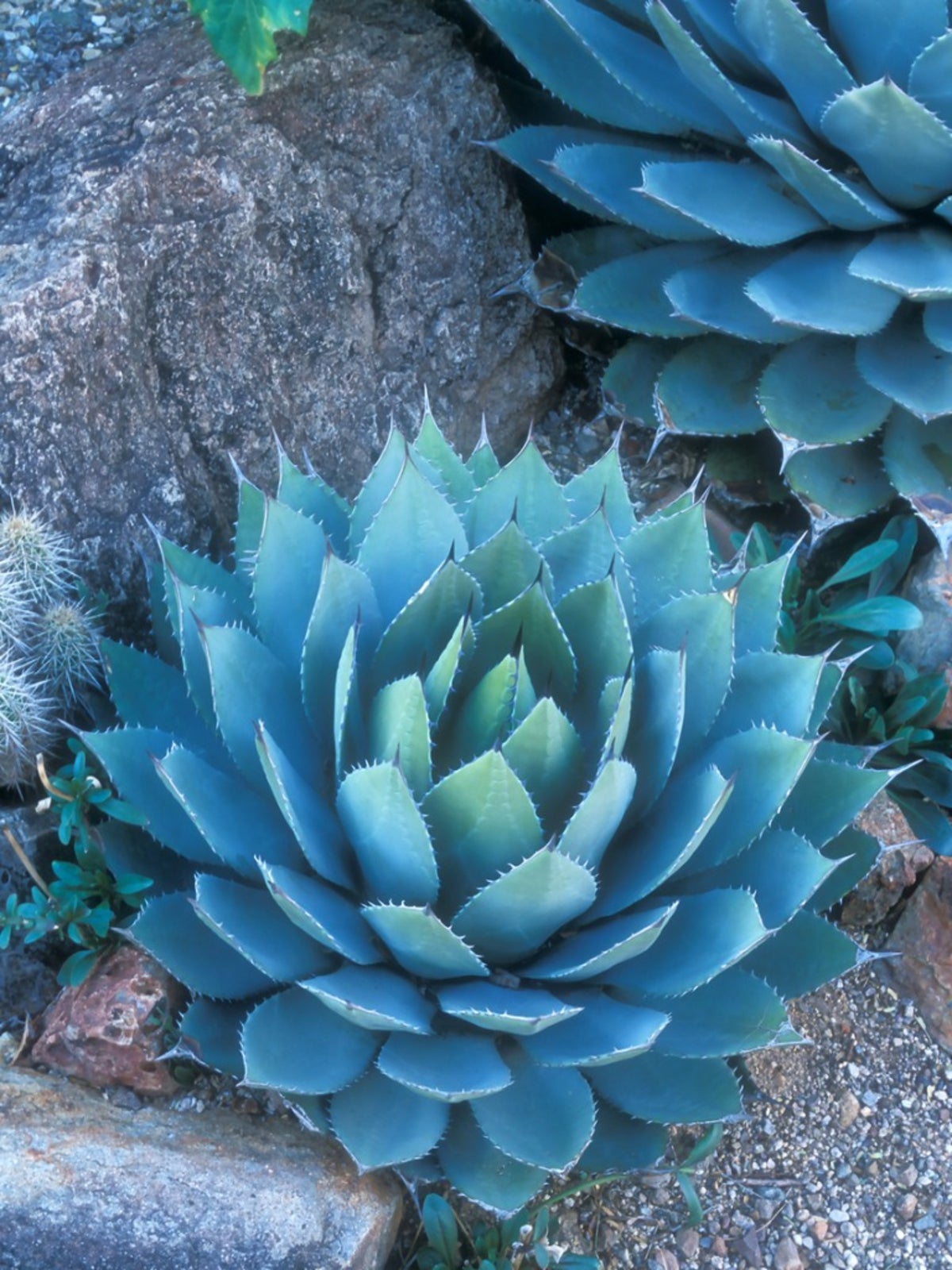Grow An Artichoke Agave Plant - Artichoke Agave Parryi Info


Agave fans should try growing an Artichoke Agave plant. This species is native to New Mexico, Texas, Arizona, and into Mexico. It is a smaller Agave that can be used in a container or grown in-ground in warm regions, although it is hardy to 15 degrees F. (-9 C.). Artichoke Agave takes up to 10 years to mature and produce a flower stalk, but it is well worth the wait.
About Artichoke Agave Parryi
The succulent has glorious, serrated, blue-green thick leaves tipped with wicked barbs. The leaves form a tight rosette that will enlarge over time. How big do Artichoke Agave get? The rosette can span 3 to 4 feet (1 m.) and grow 2 to 3 feet (61-91 cm.) tall. Some gardeners say the plant will flower after 10 years while others claim it takes up to 25, but the bloom is worth the time. The stalk can grow 12 feet (4 m.) in length. At the top, a panicle with orange buds that open to lemon yellow appears. Unfortunately, once the Agave blooms, the rosette will die. Don't worry though, it should have produced basal offsets by that time which will establish as new plants. These can be left in place or divided away from the dying parent and planted elsewhere.
Planting an Artichoke Agave Plant
In the wild, these plants are found in rocky open areas, often at the edges of chaparral, pine, and oak forests, or grassland. The soil for in-ground plants needs to be well-draining. Add grit if the soil is compact. This can be in the form of gravel, rock, or sand. Do a test to see if it will drain quickly by digging a hole and filling it with water. Observe the water leaching away. If it takes 15 minutes or more, add grit. Artichoke Agave needs full sun but will be fine in partial shade. In cooler climes, plant the Agave in a container and move it indoors for winter. If planted where foot traffic occurs, it is a good idea to prune off the barbs at the edges of the leaves.
Artichoke Agave Care
After planting, let the Agave adjust for a few days before you water. Once the plant is established it rarely needs water, except in the hottest season. Mulch around the plant with gravel or other non-organic material to prevent weeds and keep the soil warm. This Agave is deer resistant and not bothered by most diseases. The most common problem is overwatering which can promote rot diseases. Possible pests are the Agave weevil in native regions. Artichoke Agave is a great standalone plant but would be wonderful in a desert, rock, or Mediterranean garden.
Sign up for the Gardening Know How newsletter today and receive a free copy of our e-book "How to Grow Delicious Tomatoes".

Bonnie Grant is a professional landscaper with a Certification in Urban Gardening. She has been gardening and writing for 15 years. A former professional chef, she has a passion for edible landscaping.